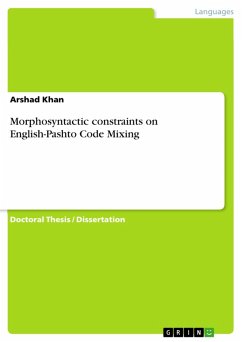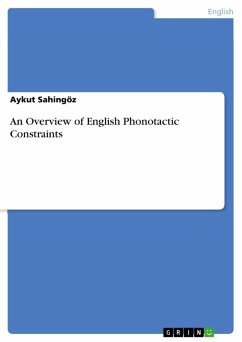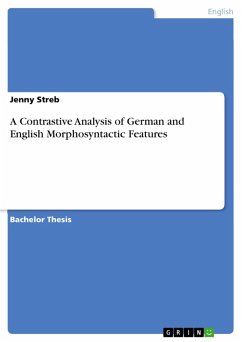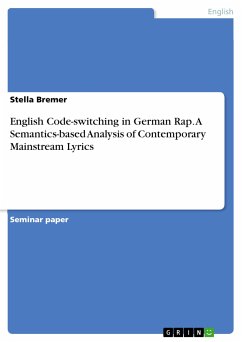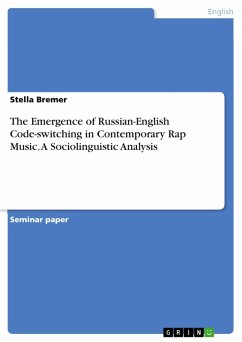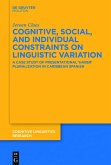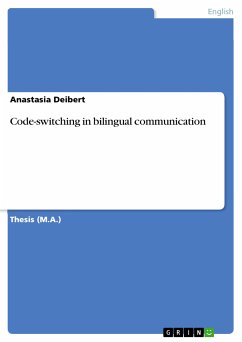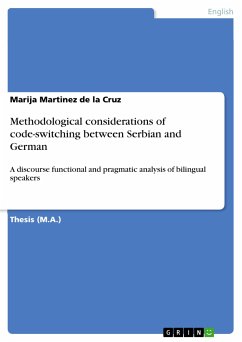Doctoral Thesis / Dissertation from the year 2014 in the subject Speech Science / Linguistics, grade: A, , language: English, abstract: This study examines the morphosyntactic constraints on Pashto-English code mixing. The framework for the present research is based on the widely attested code-switching model, the Matrix language Frame Model augmented by 4-M model. The present study supports the asymmetrical structure approach to the Pashto-English bilingual data for the morphosyntactic constraints. In order to investigate four research questions, 25 clips of Pashto speech community have been transcribed and analyzed. In the core research question for the morphosyntactic constraints, the study is based on MLF model augmented by 4-M model. It has been found that Pashto is the language responsible for the morphosyntactic frame and is the matrix language while English is the embedding language. The second research question for the pattern of code mixing is based on Muysken (2000) typology of code mixing where it has been found that the pattern of insertion is the dominant pattern of code mixing. The third research question shows that in the bilingual compound verb, the light verb construction is highly innovative and an emerging category in the Pashto-English bilingual data. The fourth research question shows that Pashto-English code mixing is used as a device of indigenization of English loanwords in the Pashto language of Khyber Pakhtunkhwa.
Dieser Download kann aus rechtlichen Gründen nur mit Rechnungsadresse in A, B, BG, CY, CZ, D, DK, EW, E, FIN, F, GR, HR, H, IRL, I, LT, L, LR, M, NL, PL, P, R, S, SLO, SK ausgeliefert werden.

